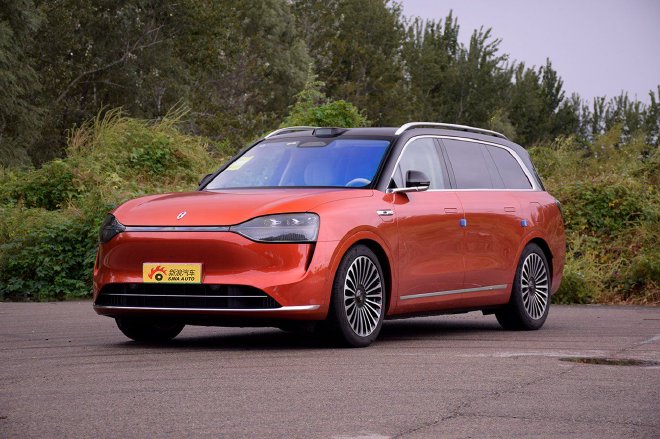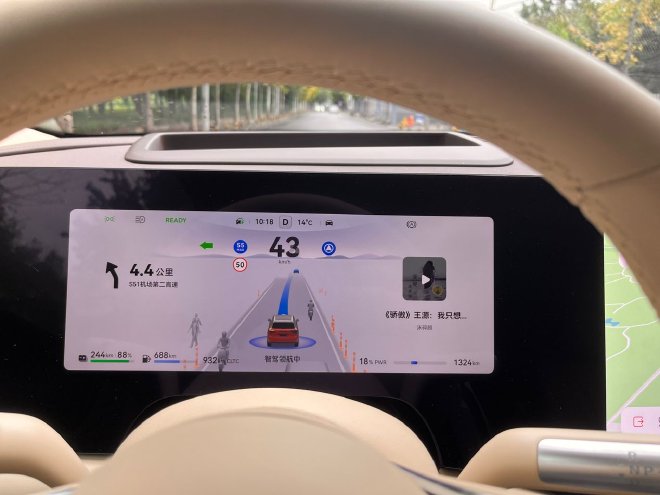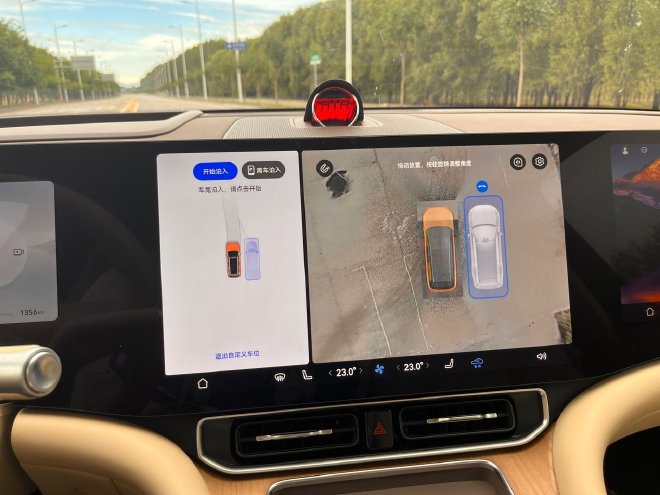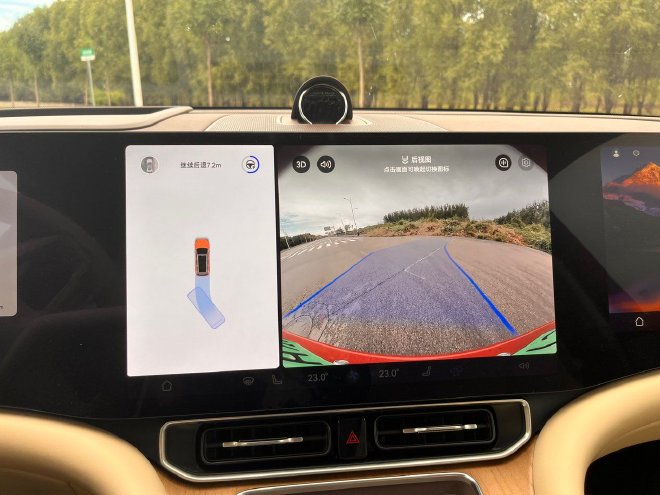In September, the Wenjie M9 reached a milestone. It delivered its 100,000th vehicle. This flagship SUV, priced over 500,000 yuan (70790$), achieved impressive sales. Unlike typical luxury SUVs, the Wenjie M9 emphasizes technology along with space and comfort. This focus on technology drives its strong sales performance. Key features include the HarmonyOS intelligent cockpit and Huawei’s smart driving capabilities. In September, an OTA update upgraded the HUAWEI ADS 3.0 smart driving system, attracting significant consumer attention.
Recently, the editor had a chance to test drive the Jietu M9 with five seats. The focus was on the HUAWEI ADS 3.0 intelligent driving system. This article highlights our actual experiences with HUAWEI ADS 3.0. Before we start, let’s outline the key points. The system covers more scenarios. It includes roadside start, parking when leaving the car, recognizing obstacles in parking spaces, tracking reverse driving, and valet parking in parks. The experience improves in detail. The continuity of driving on roads and rural paths is better. Acceleration and deceleration feel smoother. Safety features upgrade significantly. The system detects potential collisions with pedestrians and two-wheeled vehicles in advance. It also offers intelligent detection of rear obstacles and supports lateral collision avoidance. The NCA function optimizes as well. It allows for lane changes into emergency lanes to avoid obstacles. It also recognizes risky scenarios and adjusts speed accordingly.
This test drive features the newly launched Wenzhi M9 five-seater. Its price ranges from 469,800 to 569,800 yuan (80670$). The car includes HUAWEI ADS 3.0 and Harmony OS 4 smart cockpit. The test drive route covers Beijing’s urban roads, airport expressway, and some national highways. The road conditions are diverse.
First, the traffic congestion on Beijing’s East Fifth Ring is evident. SR’s footage shows the complex road conditions. Many vehicles surround the area. Illegally parked cars line the roadside. Pedestrians and electric bikes weave through traffic. The Wenjie M9 uses various sensors on its body. It accurately identifies nearby traffic participants. It recognizes pedestrians, bicycles, and tricycles without error. It maintains a safe distance and navigates smoothly.
The vehicle performs well on road sections without lane markings. It identifies roadside poles and pedestrians. When facing a slow-moving electric bicycle on the right, the M9 accelerates decisively within the speed limit. It actively veers left, leaving enough safety space. The entire process is smooth and fluid.
The vehicle approached an intersection without traffic lights. On the left, cars came toward it. On the right, various pedestrians moved about. The Wanjie M9, equipped with ADS 3.0, slowed down in advance. It planned a safe route. It maintained ample safety distances on both sides. By this point, the editor had formed a strong impression of HUAWEI ADS 3.0. Its operation resembled that of an experienced driver, far surpassing that of a typical novice.
From departure to the highway, the system maintained full autonomy. It quickly changed lanes after entering the airport expressway ramp. The entire process was smooth and decisive, without hesitation.
On the highway, the M9 encounters a slow car ahead. It immediately enters overtaking mode. After checking for traffic behind, it signals and changes lanes smoothly. The acceleration control is precise. The NCA function performs well on the highway. I won’t elaborate further. Currently, smart driving systems are most useful for everyday drivers on highways. Compared to urban roads or national roads, highways offer simpler and more enclosed conditions. For HUAWEI ADS 3.0, it’s a piece of cake. In 95% of cases, it drives like an experienced driver. The driver only needs to monitor the road and keep a light grip on the steering wheel.
After exiting the highway, the editor tested the automated parking feature. The ADS 3.0 upgrade for the Wuling M9 supports automatic parking and remote parking. It offers standard parking spaces, natural parking spaces, and custom parking options. Users can define parking areas on the screen interface. They can adjust the location and angle freely.
The process feels smooth and expected. Technology has advanced. Automatic parking has evolved from a “gimmick” to a practical feature. Users can park without taking control. The M9, a large SUV, can pressure many drivers. In tight spaces, users exit the vehicle and let it park itself. If the parking spot has obstacles, users remove them. The vehicle then completes the parking process automatically. This functionality is quite useful. The upgraded HUAWEI ADS 3.0 in the M9 now offers end-to-end driving assistance. Ideally, it provides full scenario coverage for smart driving capabilities.
The experience was brief. Some details were missed. Overall, the editor gives a positive review of the ADS 3.0 system in the Wanjie M9. The system handled highways well. There were no takeovers or surprises. Lane changes and overtaking were smooth. This is crucial. Many experienced drivers dislike indecisiveness in intelligent driving. In urban scenarios, the system performed well. It managed complex road conditions effectively. Some conservative actions were understandable. There was one instance of manual takeover. The system failed to recognize a left turn waiting area. After waiting without results, the editor intervened to enter the area. Whether on highways or in the city, the ADS 3.0 controlled acceleration and deceleration linearly and naturally. In non-emergency situations, stops were smooth without noticeable jolts. The comfort during the ride was commendable. Readers should remember that while intelligent driving is advanced, it is still an aid. Its main purpose is to enhance safety, reduce fatigue, and provide multi-scenario assistance. As drivers, we must always stay alert to road conditions.










